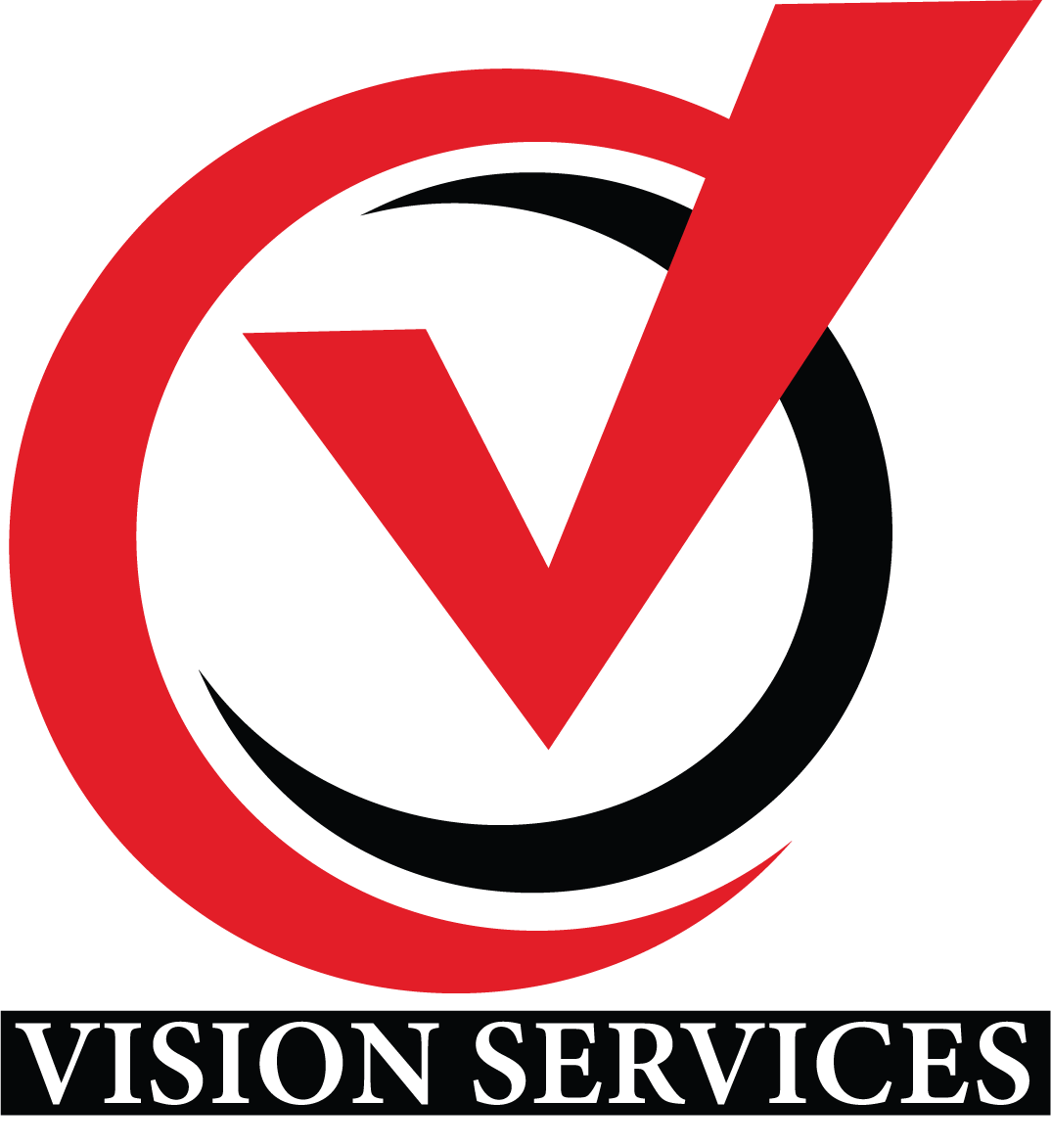In today’s fast-paced business environment, organizations must continually strive to improve workforce performance to stay competitive. A high-performing workforce drives productivity, innovation, and organizational growth. However, achieving peak performance requires more than just hiring talented individuals—it involves creating an environment where employees can thrive, develop skills, and align with company goals.
Improving workforce performance is an ongoing process that combines leadership, employee engagement, training, and process optimization. Companies that implement effective strategies see higher efficiency, better morale, and measurable improvements in outcomes. This blog explores actionable strategies that can enhance workforce performance while fostering long-term success.
Understanding Workforce Performance
Workforce performance refers to the ability of employees to deliver results efficiently, meet organizational objectives, and contribute positively to business growth. Factors influencing performance include:
- Skills and Competencies: Technical and soft skills necessary to perform job roles effectively.
- Employee Motivation: The drive and commitment of employees to achieve goals.
- Workplace Culture: Organizational values, collaboration, and support systems.
- Leadership and Supervision: Guidance, mentoring, and feedback from managers.
- Operational Processes: Clarity, efficiency, and effectiveness of workflows and procedures.
Addressing these factors holistically allows organizations to maximize employee potential and overall productivity.
Key Strategies to Enhance Workforce Performance
1. Comprehensive Training and Development Programs
Continuous learning is critical for performance improvement. Providing employees with training programs that cover technical expertise, soft skills, and leadership development ensures they are prepared to meet evolving challenges.
Examples include:
- Online courses and certifications
- Workshops and seminars
- On-the-job training and shadowing programs
- Leadership and communication skill sessions
Training not only equips employees with necessary skills but also demonstrates the organization’s investment in their growth, increasing engagement and commitment.
2. Set Clear Expectations and Goals
Clarity is essential for performance. Employees need to understand their responsibilities, targets, and how their contributions align with organizational objectives.
Effective strategies include:
- Using SMART (Specific, Measurable, Achievable, Relevant, Time-bound) goals
- Communicating expectations transparently
- Regularly reviewing progress through performance appraisals
Clear goals provide direction, enhance accountability, and encourage employees to focus on high-impact tasks.
3. Foster a Culture of Engagement
Engaged employees are more productive and motivated. Organizations should create a supportive environment where employees feel valued and empowered.
Key initiatives include:
- Recognition programs for achievements
- Providing opportunities for growth and advancement
- Open channels for feedback and suggestions
- Flexible work arrangements to balance professional and personal life
Engagement initiatives increase morale and inspire employees to perform at their best consistently.
4. Mentoring and Coaching Programs
Mentoring connects employees with experienced colleagues who provide guidance, support, and knowledge transfer. Benefits include:
- Faster skill acquisition and learning
- Enhanced problem-solving abilities
- Clear career pathways
- Better integration into organizational culture
Structured mentoring programs help employees achieve higher performance levels by leveraging the experience of seasoned professionals.
5. Use Technology to Optimize Workflows
Technology can significantly enhance workforce productivity by streamlining tasks and reducing manual effort. Organizations can implement:
- Collaboration tools for team communication
- Project management software for task tracking
- Automation software to reduce repetitive tasks
- Analytics platforms to monitor performance and identify gaps
Integrating technology improves efficiency, allows employees to focus on strategic initiatives, and drives measurable performance improvements.
6. Encourage Team Collaboration
Collaboration enhances creativity and efficiency. Employees working together share ideas, solve problems faster, and support one another in achieving goals.
Strategies include:
- Cross-functional project teams
- Brainstorming sessions to generate innovative solutions
- Team-building exercises to strengthen relationships
- Encouraging open idea-sharing in meetings
A collaborative environment fosters a sense of belonging and shared purpose, directly influencing performance outcomes.
7. Provide Constructive Feedback and Recognition
Regular feedback helps employees understand their strengths and areas for improvement. Recognition reinforces positive behaviors and motivates employees to maintain high standards.
Implementation strategies:
- Frequent performance discussions
- Peer-to-peer recognition programs
- Public acknowledgment of achievements
- Incentive programs linked to results
Timely and constructive feedback encourages employees to continuously improve and strive for excellence.
8. Optimize Work Environment and Resources
A conducive work environment is critical to employee performance. Organizations should focus on:
- Ergonomic workspace design
- Access to necessary tools and technology
- Healthy workplace culture promoting respect and collaboration
- Wellness programs addressing mental and physical health
Employees perform better when they feel comfortable, supported, and equipped with the resources they need.
9. Align Employee and Organizational Objectives
Alignment ensures that employees understand how their work contributes to broader business goals. Strategies include:
- Integrating individual development plans with organizational priorities
- Communicating company vision and mission
- Involving employees in strategic decision-making
When employees see the bigger picture, they are more motivated to contribute meaningfully and perform at their best.
10. Measure Performance and Adapt Strategies
Continuous monitoring ensures strategies remain effective and identify areas needing improvement. Key steps:
- Establish performance indicators (KPIs)
- Use dashboards to track progress
- Gather feedback from employees
- Adjust processes and strategies based on data
Ongoing assessment allows organizations to remain agile and improve workforce performance consistently.
Real-World Examples
- Technology Sector: A software company introduced mentorship and training programs. Result: 25% faster project completion and higher team satisfaction.
- Healthcare Industry: Hospitals implemented workflow automation and employee engagement programs, leading to improved patient care and staff efficiency.
- Retail Sector: Clear goal-setting and recognition initiatives increased sales team productivity by 30%, enhancing revenue.
These examples demonstrate that well-designed strategies yield tangible improvements in workforce performance.
Future Trends in Workforce Performance
- AI-Driven Insights: Using predictive analytics to optimize employee performance and resource allocation.
- Remote and Hybrid Work Models: Flexibility to enhance employee satisfaction and productivity.
- Continuous Upskilling: Ongoing development to address evolving business needs.
- Employee-Centric Workplaces: Focus on engagement, recognition, and well-being to maintain high performance.
- Sustainability Initiatives: Encouraging social responsibility and purpose-driven work to motivate employees.
Embracing these trends ensures that organizations maintain a high-performing workforce in the future.
Conclusion
Improving workforce performance requires a comprehensive, ongoing strategy that incorporates training, engagement, leadership, collaboration, and technology. By implementing the strategies outlined above, organizations can:
- Enhance employee skills and productivity
- Increase engagement and job satisfaction
- Align individual performance with organizational objectives
- Foster innovation and teamwork
- Achieve sustainable long-term growth
A high-performing workforce is the backbone of any successful organization. By investing in their employees and implementing structured strategies, companies unlock the full potential of their workforce, driving measurable results and organizational excellence.
Performance improvement is not a short-term initiative—it is a continuous journey of development, adaptation, and alignment with evolving business goals. Organizations that commit to these strategies are better positioned to achieve success today and in the future.




